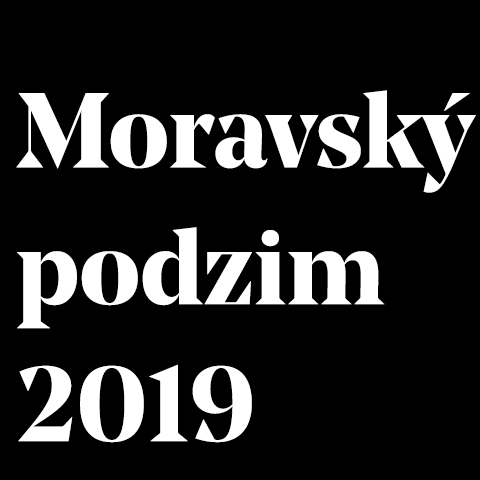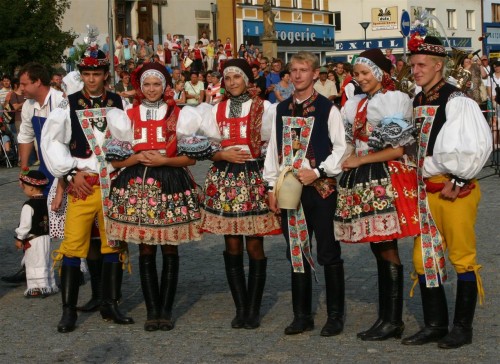The Moravian Autumn Festival is one of the most important cultural events in the Czech Republic. It was established as the Brno International Music Festival in 1966, when the activities of Brno's artistic institutions took on an international dimension again after years of rigid isolation, and the first year of the festival had a very positive response.
In 1987, a multi-day festival of contemporary music called Exposition of New Music was established under the auspices of the MHFB, and since 1995 it has been expanding with the Easter Festival of Sacred Music.
Moravian Autumn invites to Brno orchestras that have passed Europe so far, chamber ensembles belonging to the world's top, soloists decorating world stages. It is not only an interpretive festival that tries to bring the world's top to Brno and confront it with domestic first-class musicians, but also a program one; it's not just "about the stars" (and their competition at all), but also about the content.
We see the great contribution of the Moravian Autumn in the search for new and interesting dramaturgical lines, addressing living authors and the creation of new works. The festival also draws attention to young and talented performers, giving them the opportunity to excel. In 2015, Erkki-Sven Tüür, who, together with Arvo Pärt and Veljo Tormis, is one of the most important contemporary Estonian composers, was revived.
Moravian Autumn is a member of the Czech Association of Festivals (CAF) and is held once every two years (biennial).
The organizer is the Brno Philharmonic, a contributory organization of the statutory city of Brno.










